Safety Program Management
Customized Safety Program Management to meet your company’s specific operating requirements.
Every single violation listed below occurred within the construction industry. Clearly, this fact proves that construction workers must be protected more than other workers since they are the ones affected by the most fatalities. Further, the 10 most frequent 2020 OSHA violations in manufacturing safety are:
Total Number of Violations in Construction for 2018 = 32,266
Total Number of Falls in Construction for 2019 = 1,061
1 in 5 (20%) construction workers died from falls.
Because of OSHA, fatalities at work decreased from 38 per day in 1970 to 15 per day in 2019.
OSHA includes Fall Protection (General Requirements) because falls account for 1/3 of fatalities within the construction safety industry, making them this industry’s number one cause of death. Fall protection must be given to any employee that works 6 feet above a lower level.
Areas and Activities Needing Fall Protection
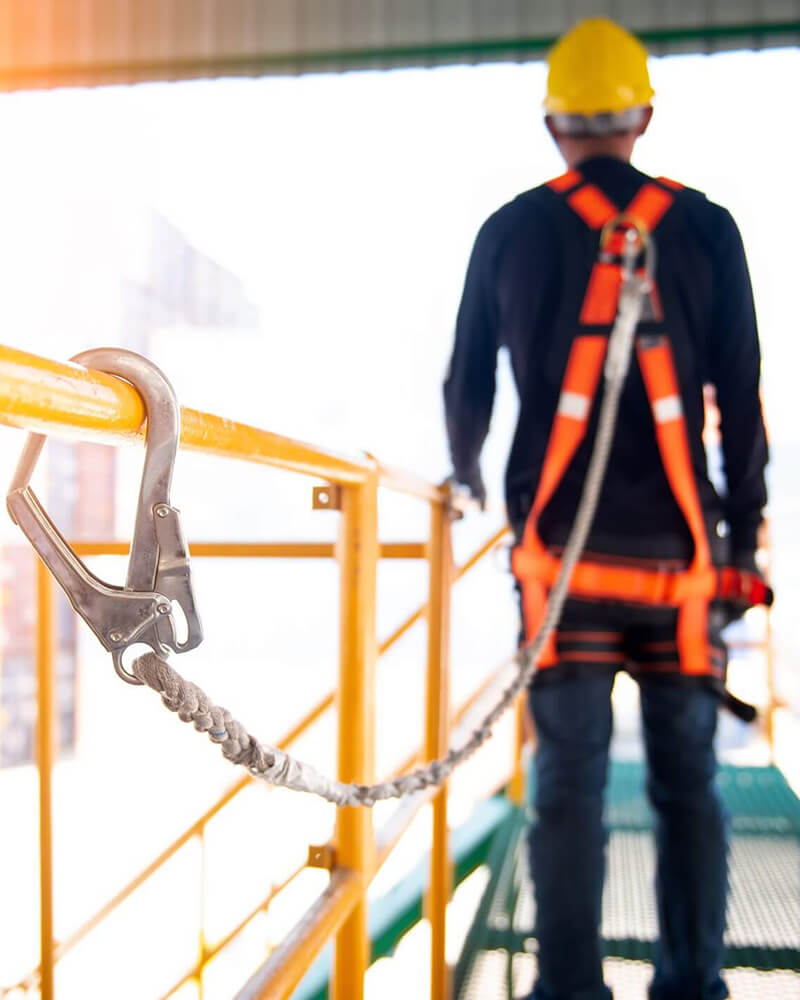
Types of Conventional Fall Protection Systems
Other Fall Protection Systems
Employers must implement a plan with these elements stated by OSHA:
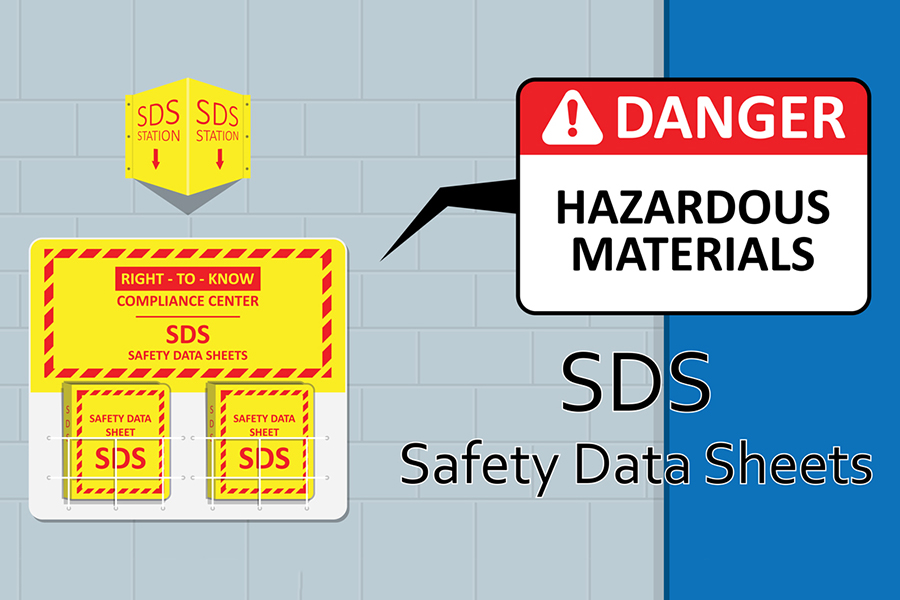
It is the employer’s responsibility to accurately identify and label hazardous chemicals. Also, they must have their SDS in a location that exposed workers can easily access and ensure that their SDS is used properly. Finally, informing and training employees about the hazardous chemicals that they will work with is vital to everyone’s safety. Once the plan is implemented, employers must decide if their plan is working or if some or all elements need to be changed.
Scaffolding is not a dangerous area per se. But there are still many fatalities that can be prevented by implementing these suggestions:
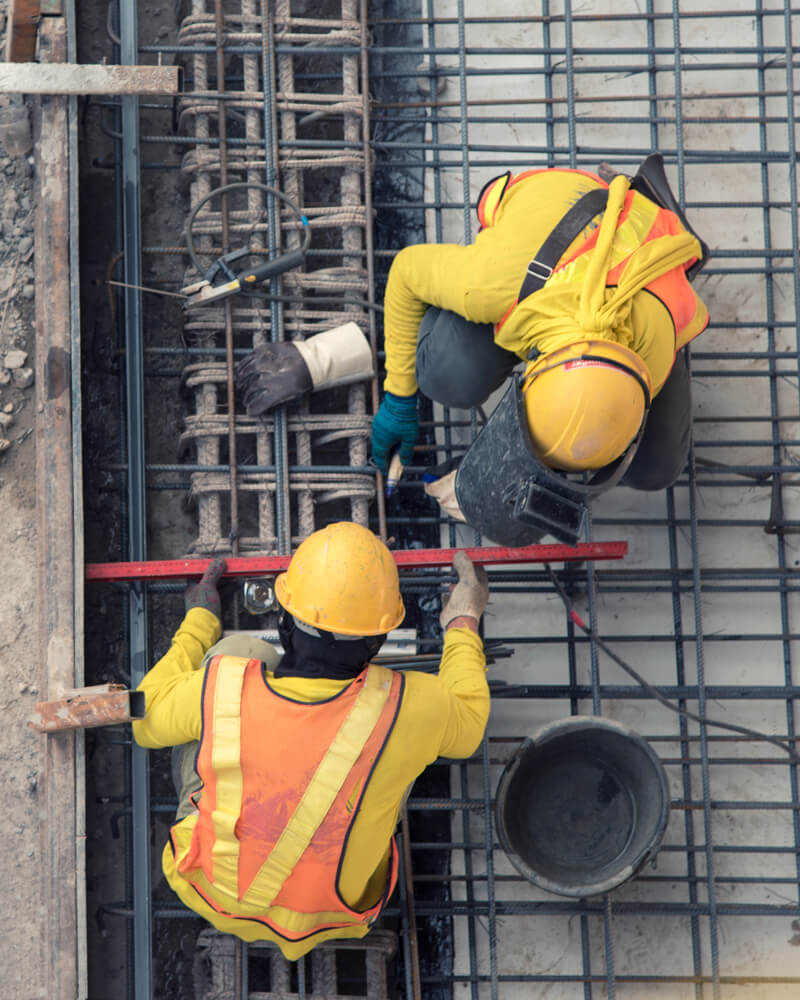 Workers must know:
Workers must know:
Overall, scaffolding alone is not the danger to workers. Rather, their lack of knowledge, skill, and competence is the reason behind most fatalities. In the end, it is the employer’s responsibility to ensure the safety of every employee working on a scaffold.
Employers are responsible not only for the physical safety of their workers. But they must also make sure that their employees are working in a healthy environment.
General Rules for Respiratory Protection Programs
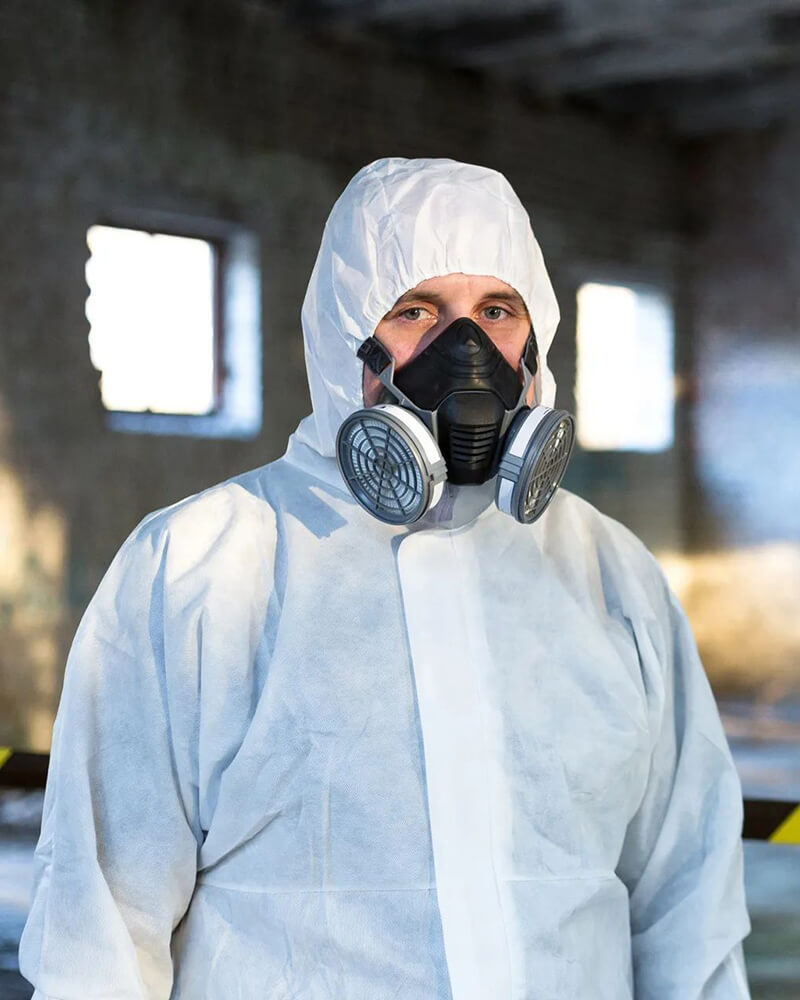 OSHA clearly states the general requirements for an employer to implement proper respiratory protection. For instance, employers must:
OSHA clearly states the general requirements for an employer to implement proper respiratory protection. For instance, employers must:
Respiratory Protection Programs in Construction
Certain events impact the type of respiratory protection that workers need. In particular, those working in construction need a tailored approach for the programs due to changes in:
Ultimately, construction workers need special attention when it comes to respiratory protection programs because of their constantly changing workplaces.
In construction, workers perform tasks with dangerous equipment. However, lockout/tagout is a method that employers must use to keep machines from running and causing injuries or deaths. Employers must choose an authorized person to perform repairs, assign locks and tags, control locks, and take off locks and tags on a machine.
Procedures of Lockout/Tagout
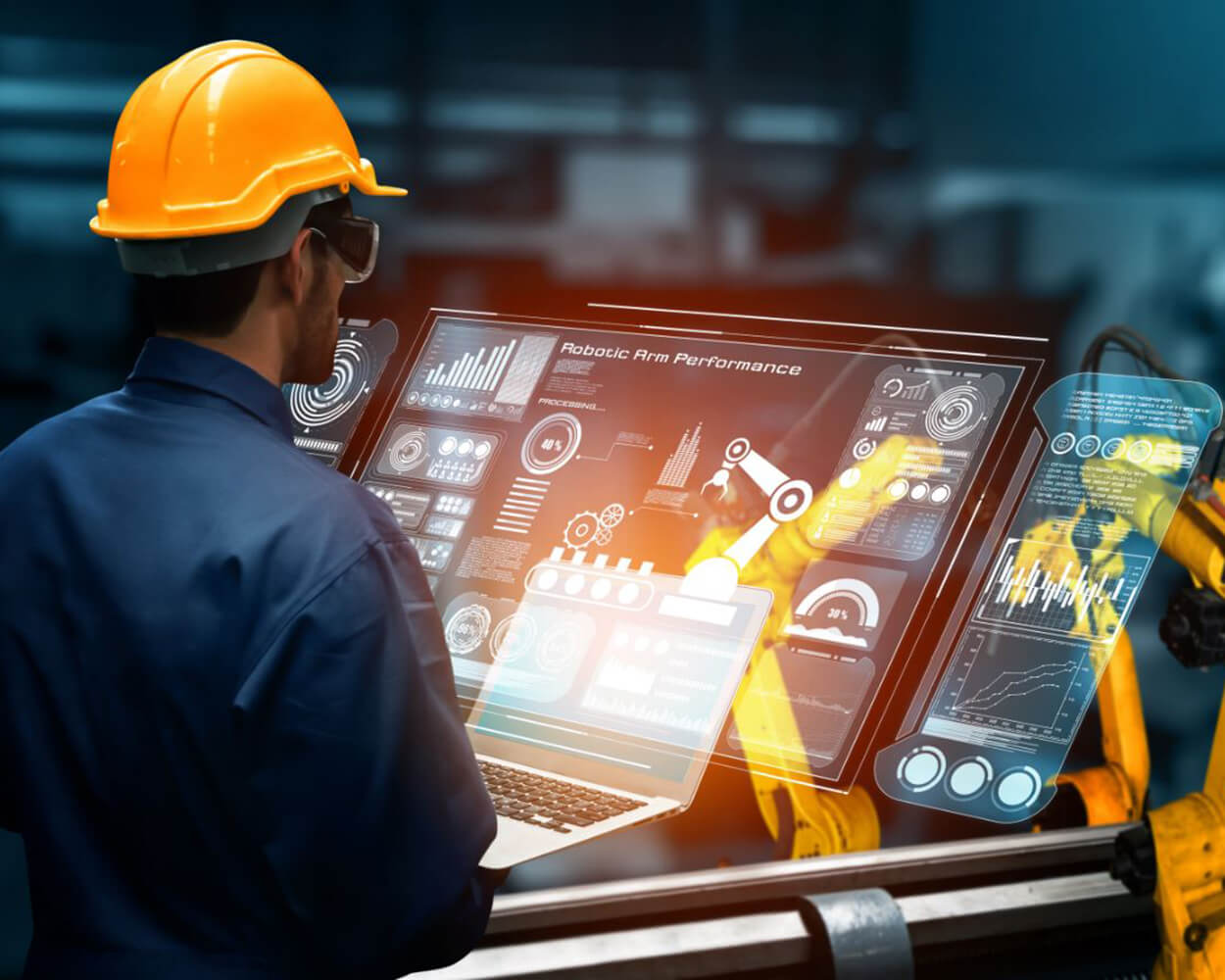 The chosen authorized person should:
The chosen authorized person should:
Finishing Lockout/Tagout
Do not allow affected employees to enter the area until the authorized person:
Requirements for Locks and Tags
Locks keep equipment from running. And tags let affected employees know that the equipment is locked out. Locks and tags should always be used together and never removed by anyone other than the authorized person.
Ladders are the culprit of 25% of the 40% of fatal falls in construction. Since so many workers use ladders on the site, employers must give workers proper training. When employers don’t do this or allow employees to use damaged ladders, workers lives are at risk.
Proper Use of Ladders
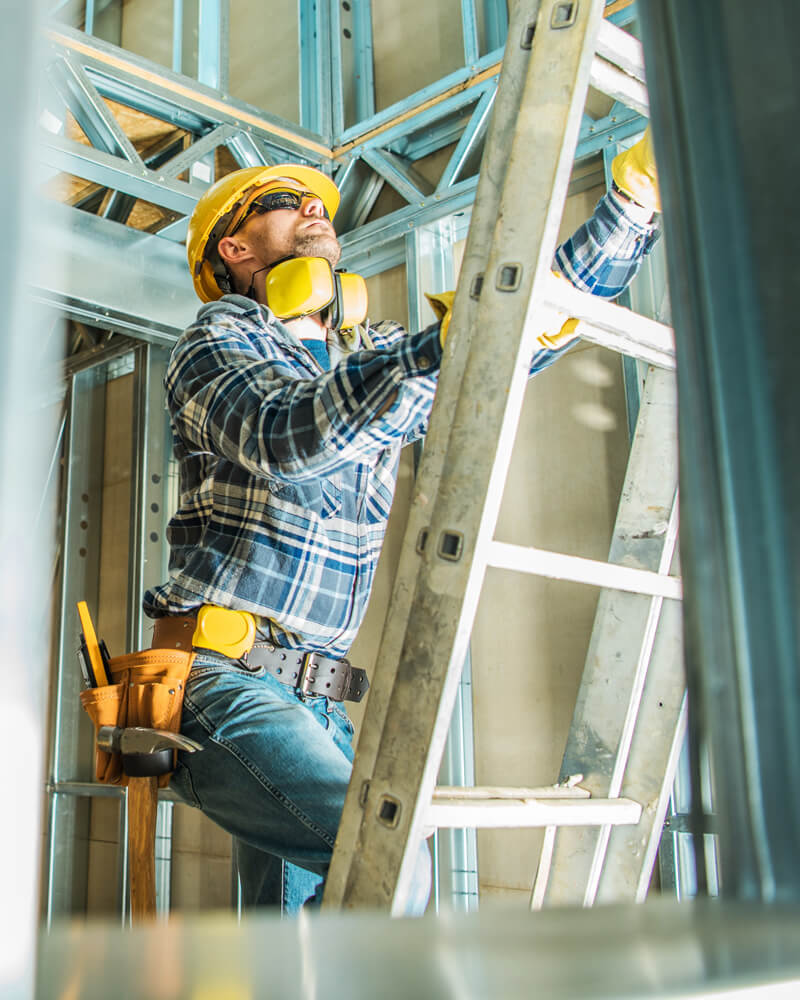 OSHA requires employers to perform these tasks for ladders to be used safely:
OSHA requires employers to perform these tasks for ladders to be used safely:
Improper Use of Ladders
On the other hand, OSHA informs employers of what they must not allow workers to do to keep them safe. Do NOT:
Employers must give workers a training program that includes:
Additionally, employers must require that each worker has the latest certification in training. And employers must also retrain employees when any changes occur on the worksite, in fall protection plans, and whenever affected employees do not follow the training program correctly.
Machine guarding prevents injuries and fatalities from moving parts of a machine. Standards vary by industry. But for construction, employers must adhere to the standards set by OSHA. For example, the standards address how to use:
Eye and face protection is vital for workers in construction. OSHA compliance has specific requirements that must be met to ensure the safety of employees. For one, employers must train workers annually, or as needed, before workers use eye and face protection. Training must include the:
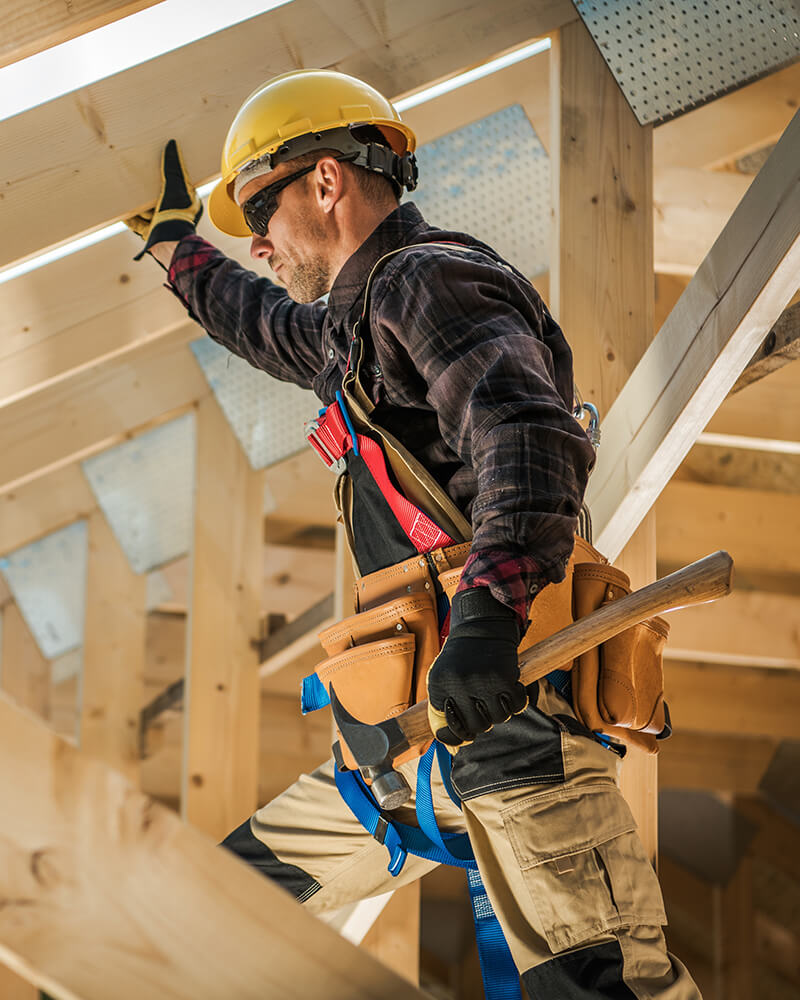
In addition, the most common types of eye and face protection include:
In short, construction workers are at risk of injuries and fatalities each time they step on the site. As a result, OSHA has put standards in place that require employers to keep them safe. Whether it is a protection plan, training, or PPE, employers must do everything they can to reduce the chances of workers hurting themselves on the job. See OSHA for more information about safety standards in construction.